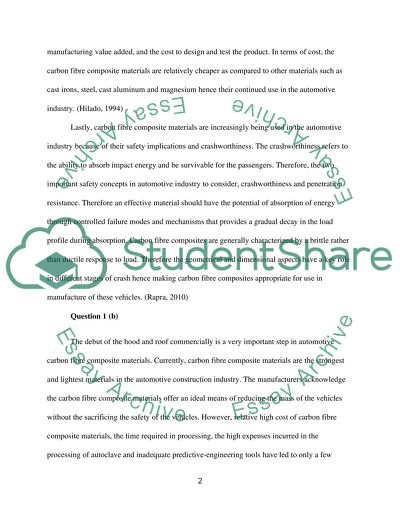Cite this document
(“Polymer composite materials in automotive industry Coursework”, n.d.)
Retrieved de https://studentshare.org/engineering-and-construction/1640285-carbon-fiber-in-automotive-applications
Retrieved de https://studentshare.org/engineering-and-construction/1640285-carbon-fiber-in-automotive-applications
(Polymer Composite Materials in Automotive Industry Coursework)
https://studentshare.org/engineering-and-construction/1640285-carbon-fiber-in-automotive-applications.
https://studentshare.org/engineering-and-construction/1640285-carbon-fiber-in-automotive-applications.
“Polymer Composite Materials in Automotive Industry Coursework”, n.d. https://studentshare.org/engineering-and-construction/1640285-carbon-fiber-in-automotive-applications.


